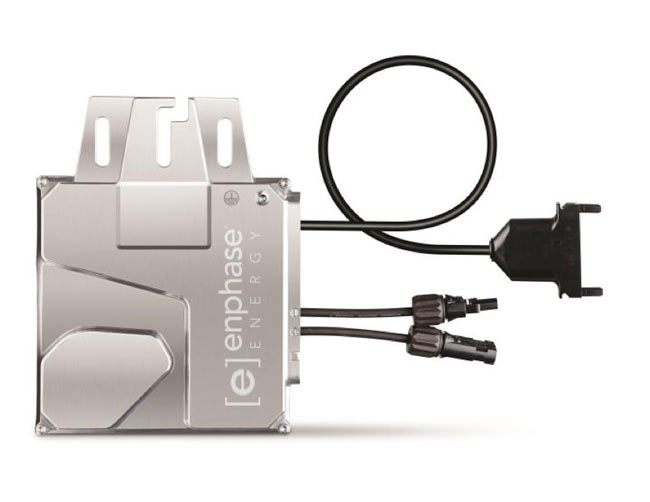Hedges
I See Electromagnetic Fields!
- Joined
- Mar 28, 2020
- Messages
- 21,472
This why I'm still with Enphase and their micro-inverters. The have replaced every failed one in the past 12 years, and I had lots of them fail. Heat is the biggest enemy for the capacitor electrolyte.
Doing it differently with new IQ8+': use them at reduced power, 250W to see if they last longer.
Capacitors fail, you say?
Enphase disagrees.

Do Electrolytic Capacitors Cripple Microinverter Reliability?
Part 1 of an interview with Enphase VP of Quality & Reliability: Ciaran Fox; discussing the thorny issue of electronics with electrolytic capacitors.
Generators will be banned in California so i will switch to battery backup. i came across EG4 inverter has UL1741 rating. searched youtube but did not find any solid reviews on AC coupling with IQ8's. couple people have tried with solark which is very expensive to even give it a try.
Sales of generators, perhaps.
It has taken a very long time to ban larger older construction equipment, and tax large generators.
You can probably get away with a generator + inverter system.
Tier-1 brands like SMA and Schneider would support grid, generator, PV, and make a system that works together. Including using 100% of PV, only loading generator as needed. (At least for SMA, if PV exceeds load, generator would be disconnected to prevent backfeed, then frequency raised to do frequency-watts curtailment.)
that's from the micro-inverter 1741SA view, I was wondering the triggerring side, that drives the frequency shift
Battery inverter forms grid, supplies power as needed. If voltage rises (due to GT PV), it charges battery to regulate voltage. If it can't take all the available power (because battery at max voltage and current tailing off, or current at max allowed), then it ramps up frequency to curtail production.
Seems to work very nicely, both on grid (all production backfeeds grid) and off grid (when grid down.)





